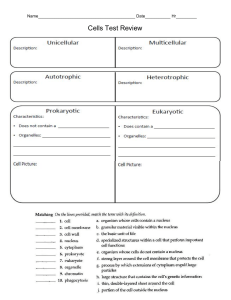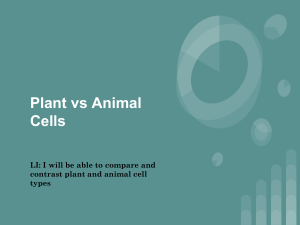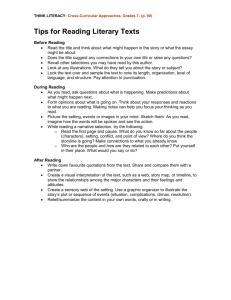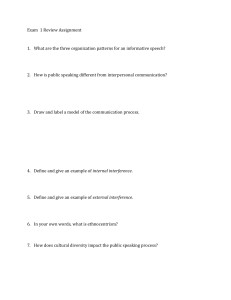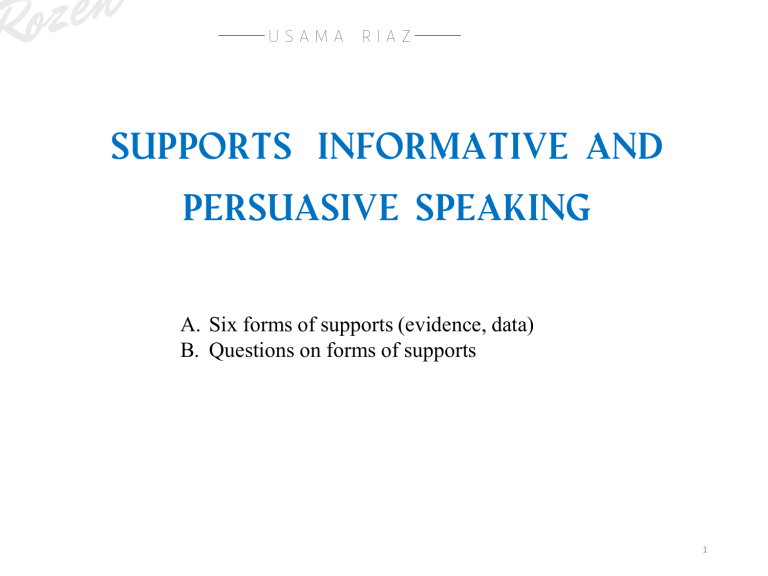
SUPPORTS INFORMATIVE AND PERSUASIVE SPEAKING A. Six forms of supports (evidence, data) B. Questions on forms of supports 1 SUPPORTS FOR INFORMATIVE AND PERSUASIVE SPEAKING WHY SUPPORT Your speech should give the feeling that you know your topic, that you are fair, honest and believable You may use emotions to support your idea like health, fear, self-esteem, etc. You must use evidence and reasoning USE ANY NUMBER OF SUPPORT FORMS THAT MAY HELP YOUR PRESENTATION Examples, Illustrations, Statistics, Quotations (testimony), Comparisons (Analogies), Definitions etc. 2 Six Forms of Support (Evidence, Data) Examples Illustrations • Very commonly used, self explanatory • Illustrations are elongated examples; they layout in detail a specific situation; in which the solution worked Statistics • Find out which statistical measure to use to prove the validity of the data Quotations, Testimony • Quoting credible sources also improves the speaker’s credibility Comparisons (analogies) • Comparisons demand similarities between two subjects; those similarities should outweigh the dissimilarities Definitions • Definitions not exactly support, yet using them helps both speaker and audience to be at the same level of understanding 3 ☺ Questions on forms of supports Recall what was said earlier; All listeners and readers come with their own biases and prejudices on topics. In collecting evidence, we must be careful about the accuracy and neutrality of our source. One way an audience counters your arguments is to raise question ; maybe 1. Is the source reliable? 2. Does the person you are quoting have a reputation for credibility? For fairness? For careful research? 3. Is your information true? valid? Is it accurate or taken out of context? 4. How wide is your scope? How many others agree with your evidence? 5. Is your evidence ambiguous? ( Possible objections and at the same time gives you confidence that your choice of evidence is acceptable and valid. ) 4
